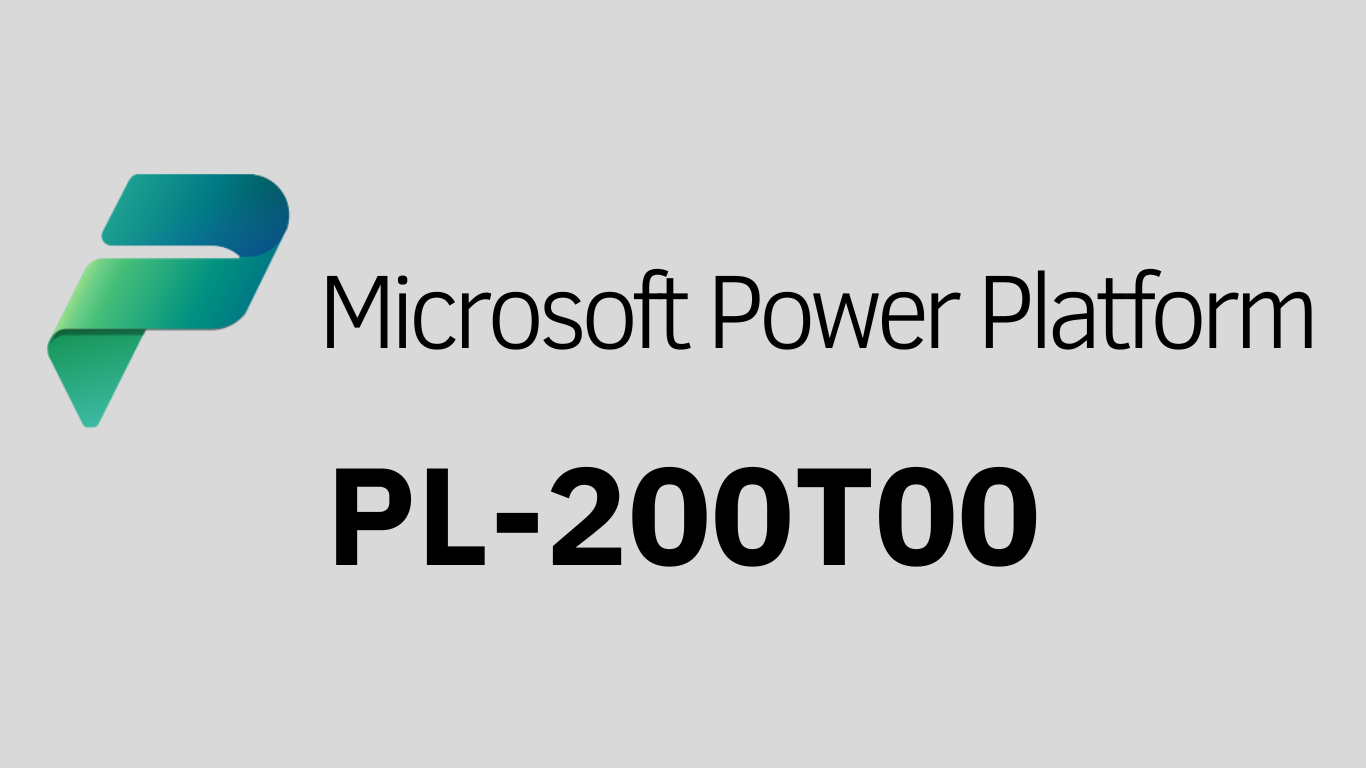
In this course, you will learn how to use Microsoft Power Platform solutions to simplify, automate, and empower organizations‘ business processes in the role of a functional consultant. A Microsoft Power Platform functional consultant is responsible for building and configuring applications, automations, and solutions. It acts as an intermediary between users and the implementation team. The functional consultant promotes the use of solutions within an organization. You can also perform detections, engage subject matter experts and stakeholders, capture requirements, and assign requirements to features. Implement components of a solution, including application enhancements, custom user experiences, system integrations, data conversions, custom process automation, and simple visualizations. This course may include a one–day applied workshop. In this workshop you will be able to practice your skills as a Functional Consultant, as you will create a comprehensive solution to solve a problem of a fictitious company. The solution will include a Microsoft Dataverse database, a Power Apps canvas app, and Power Automate flows.
| Audiencia(s): | Profecionales de TI |
| Tecnología: | Microsoft Azure AI |
| Duración: | 40 horas |
Module 1: Describe the Business Value of Microsoft Power Platform
Module 2: Introduction to Power Pages
Module 3: Create and Use Analytics Reports with Power BI
Module 4: Manage Workspaces and Datasets in Power BI
Module 5: Create Tables in Dataverse
Module 6: Manage Tables in Dataverse
Module 7: Knowledge Check on Creating and Managing Columns in a Table in Dataverse
Module 8: Create a Relationship Between Tables in Dataverse
Module 9: Work with Choices in Dataverse
Module 10: Introduction to Security Roles in Dataverse
Module 11: Use Administration Options for Dataverse
Module 12: Manage Settings and Security for a Model-Driven App in Dynamics 365
Module 13: Introduction to Security and Governance in Microsoft Power Platform
Module 14: Introduction to Model-Driven Apps in Power Apps
Module 15: Configure Forms, Charts, and Dashboards in Model-Driven Apps
Module 16: Introduction to Power Apps Canvas Apps
Module 17: Connect to Other Data in Power Apps Canvas Apps
Module 18: Create the User Interface in a Power Apps Canvas App
Module 19: Manage Apps in Power Apps
Module 20: Create Your First App with Power Apps and Dataverse for Teams
Module 21: Access Dataverse in Power Pages Websites
Module 22: Authentication and User Management in Power Pages
Module 23: Maintenance and Troubleshooting in Power Pages
Module 24: Define and Create Business Rules in Dataverse
Module 25: Introduction to Power Automate
Module 26: Use the Admin Center to Manage Environments and Data Policies in Power Automate
Module 27: Use Dataverse Triggers and Actions in Power Automate
Module 28: Extend Dataverse with Power Automate
Module 29: Introduction to Expressions in Power Automate
Module 30: Build Your First Power Automate Desktop Flow
Module 31: Run a Power Automate Desktop Flow in Unattended Mode
Module 32: Optimize Business Processes with Process Advisor
Module 33: Introduction to Microsoft Copilot Studio
Module 34: Enhance Bots in Microsoft Copilot Studio
Module 35: Manage Topics in Microsoft Copilot Studio
Module 36: Manage Microsoft Copilot Studio
Module 37: Introduction to Building with Power BI
Module 38: Get Data with Power BI Desktop
Module 39: Data Modeling in Power BI
Module 40: Use Visuals in Power BI
Module 41: Explore Data in Power BI
Module 42: Publish and Share in Power BI
Module 43: Manage Solutions in Power Apps and Power Automate
Module 44: Load and Export Data and Create Data Views in Dataverse
Module 45: Introduction to AI Builder
Module 46: Manage Models in AI Builder
Module 47: Use AI Builder in Power Automate
Module 48: Functional Consultant Skills
Module 49: Solution Architect Series: Plan Application Lifecycle Management for Power Platform


